https://ldallap.github.io/
“Cholinergic heterogeneity facilitates synchronization and information flow in a whole-brain model”
www.biorxiv.org/content/10.1...

“Cholinergic heterogeneity facilitates synchronization and information flow in a whole-brain model”
www.biorxiv.org/content/10.1...

Check it out:
journals.plos.org/plosbiology/...

Check it out:
journals.plos.org/plosbiology/...
@arnauya.bsky.social!
Check it out: advanced.onlinelibrary.wiley.com/doi/10.1002/...

@arnauya.bsky.social!
Check it out: advanced.onlinelibrary.wiley.com/doi/10.1002/...

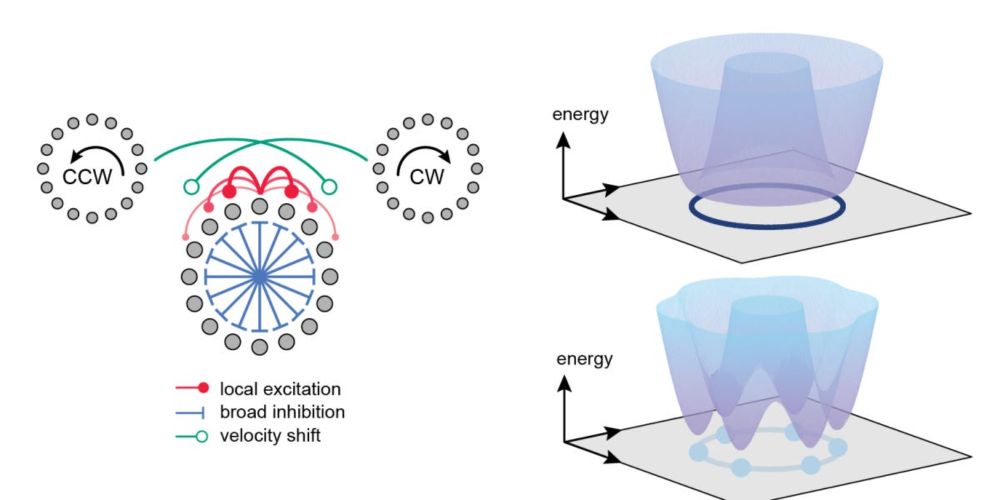
Do you like networks? Brain-like networks? Pretty and structure rich networks? 🙇♂️🧠🕸
Come to my Poster 204 this afternoon (or anytime today)!!
The poster is right next to the coffee! ☕️ 😉
#CNS2025 #CNS2025Florence 🇮🇹🍝
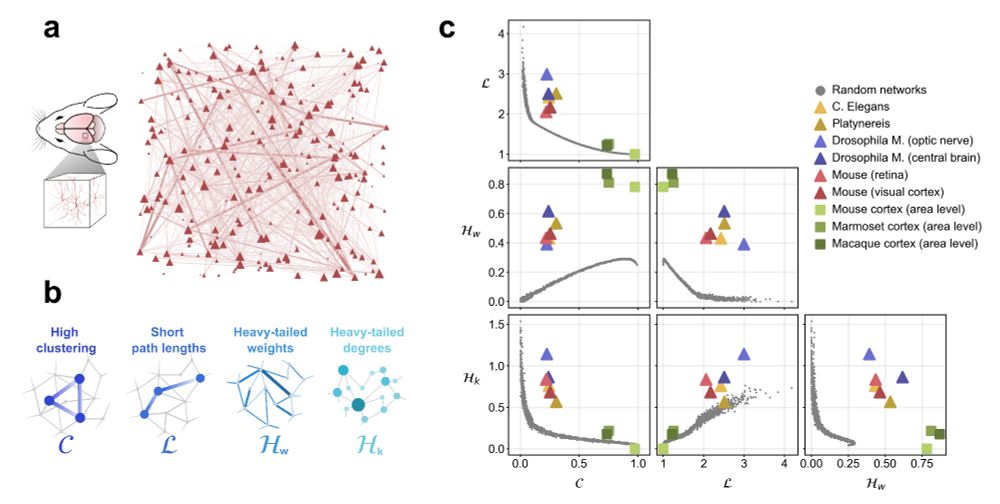
Do you like networks? Brain-like networks? Pretty and structure rich networks? 🙇♂️🧠🕸
Come to my Poster 204 this afternoon (or anytime today)!!
The poster is right next to the coffee! ☕️ 😉
#CNS2025 #CNS2025Florence 🇮🇹🍝
#neuroscience #AI
www.nature.com/articles/s41...
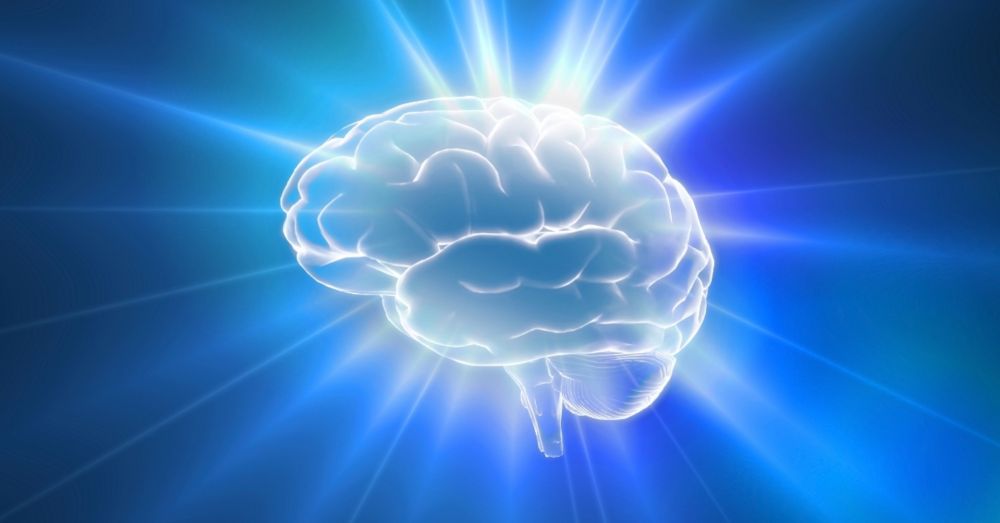
#neuroscience #AI
www.nature.com/articles/s41...
#neuroskyence
www.thetransmitter.org/attention/th...
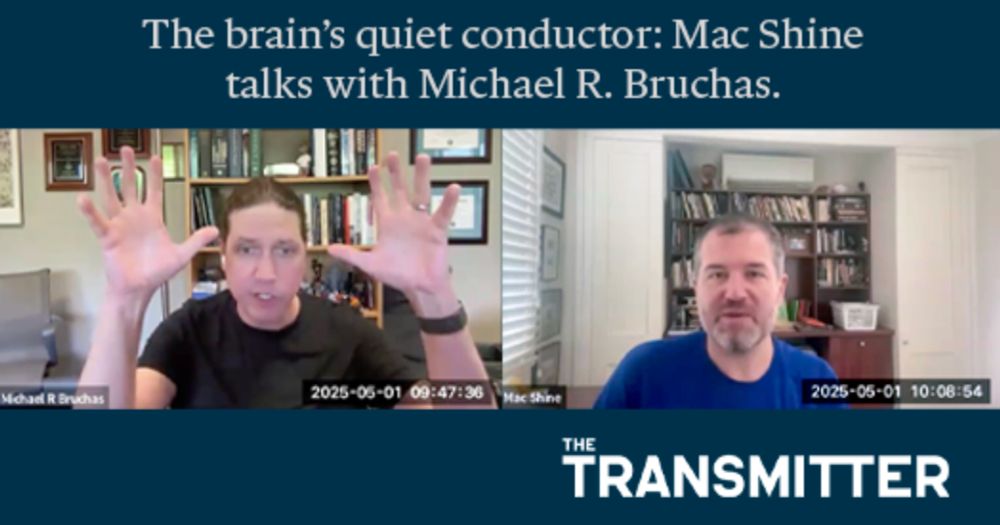
@tyrellturing.bsky.social's Deep learning framework
www.nature.com/articles/s41...
@tonyzador.bsky.social's Next-gen AI through neuroAI
www.nature.com/articles/s41...
@adriendoerig.bsky.social's Neuroconnectionist framework
www.nature.com/articles/s41...
@tyrellturing.bsky.social's Deep learning framework
www.nature.com/articles/s41...
@tonyzador.bsky.social's Next-gen AI through neuroAI
www.nature.com/articles/s41...
@adriendoerig.bsky.social's Neuroconnectionist framework
www.nature.com/articles/s41...
BRAIN TEMPERATURE may be a key factor in understanding and treating Alzheimer’s disease and brain cancer:
doi.org/10.31219/osf...
'Temperature matters: Insights into brain thermoregulation and its impact on neural activity and health'

BRAIN TEMPERATURE may be a key factor in understanding and treating Alzheimer’s disease and brain cancer:
doi.org/10.31219/osf...
'Temperature matters: Insights into brain thermoregulation and its impact on neural activity and health'
www.nature.com/articles/s42...
#neuroscience

www.nature.com/articles/s42...
#neuroscience
Finally we see our work published! w/ Arnau Manasanch, @ldallap.bsky.social and Mavi Sanchez-Vives!

Finally we see our work published! w/ Arnau Manasanch, @ldallap.bsky.social and Mavi Sanchez-Vives!
arxiv.org/abs/2504.05534

arxiv.org/abs/2504.05534
www.pnas.org/doi/10.1073/...
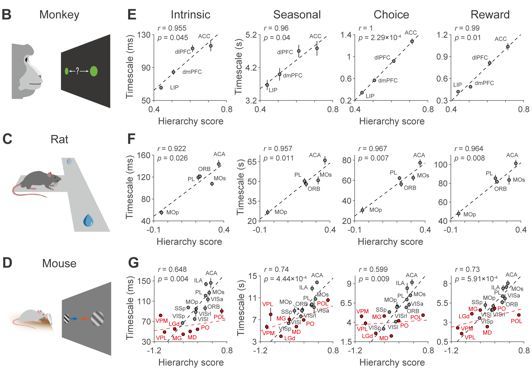
www.pnas.org/doi/10.1073/...
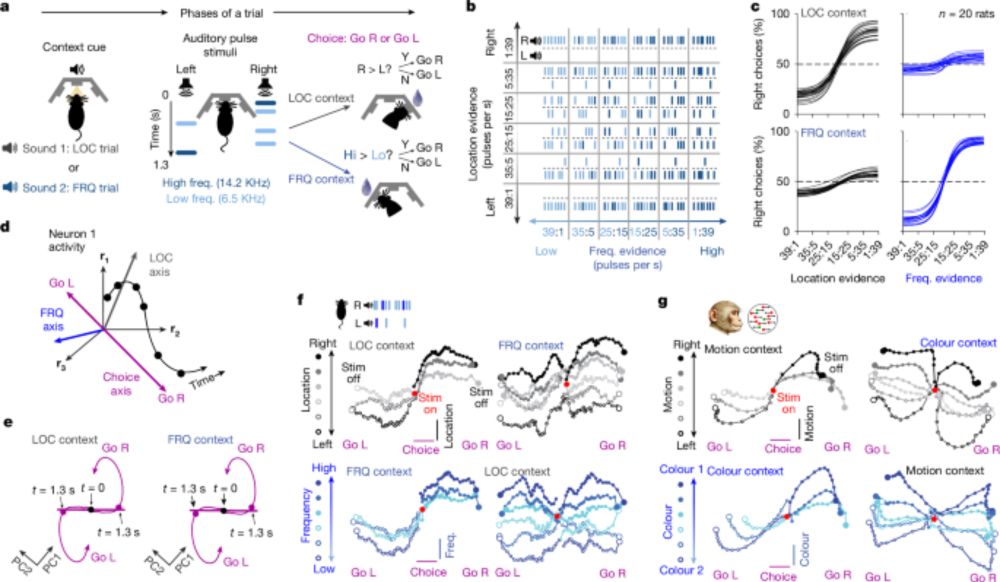
"What do neural travelling waves tell us about information flow?"
A new preprint is out, with Antoine Grimaldi, Fredo Chavane and @martinavinck.bsky.social

"What do neural travelling waves tell us about information flow?"
A new preprint is out, with Antoine Grimaldi, Fredo Chavane and @martinavinck.bsky.social
The first manifoldian (as in a description of neural population covariance patterns) plot I am aware of is by Gilles Laurent's group www.cell.com/neuron/fullt...

The first manifoldian (as in a description of neural population covariance patterns) plot I am aware of is by Gilles Laurent's group www.cell.com/neuron/fullt...

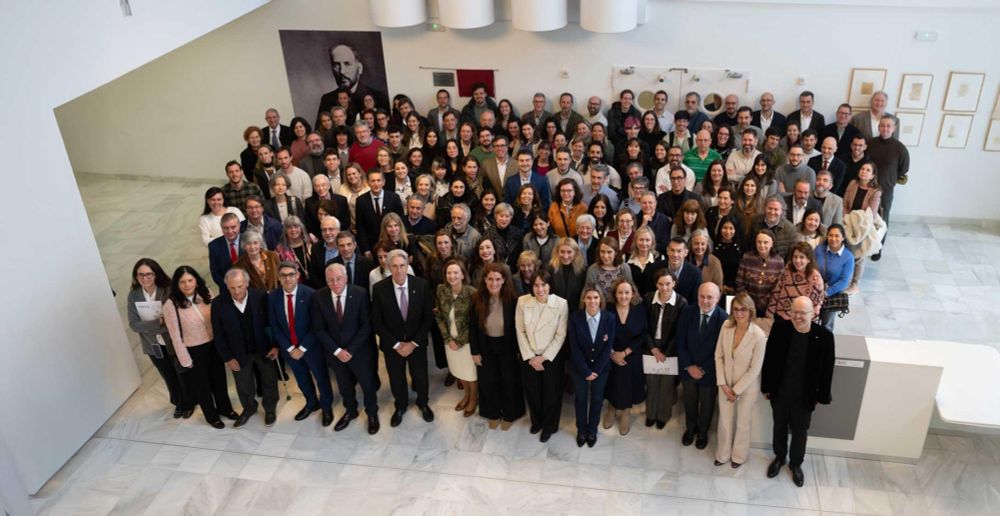
Visual experience orthogonalizes visual cortical responses
Training in a visual task changes V1 tuning curves in odd ways. This effect is explained by a simple convex transformation. It orthogonalizes the population, making it easier to decode.
10.1016/j.celrep.2025.115235
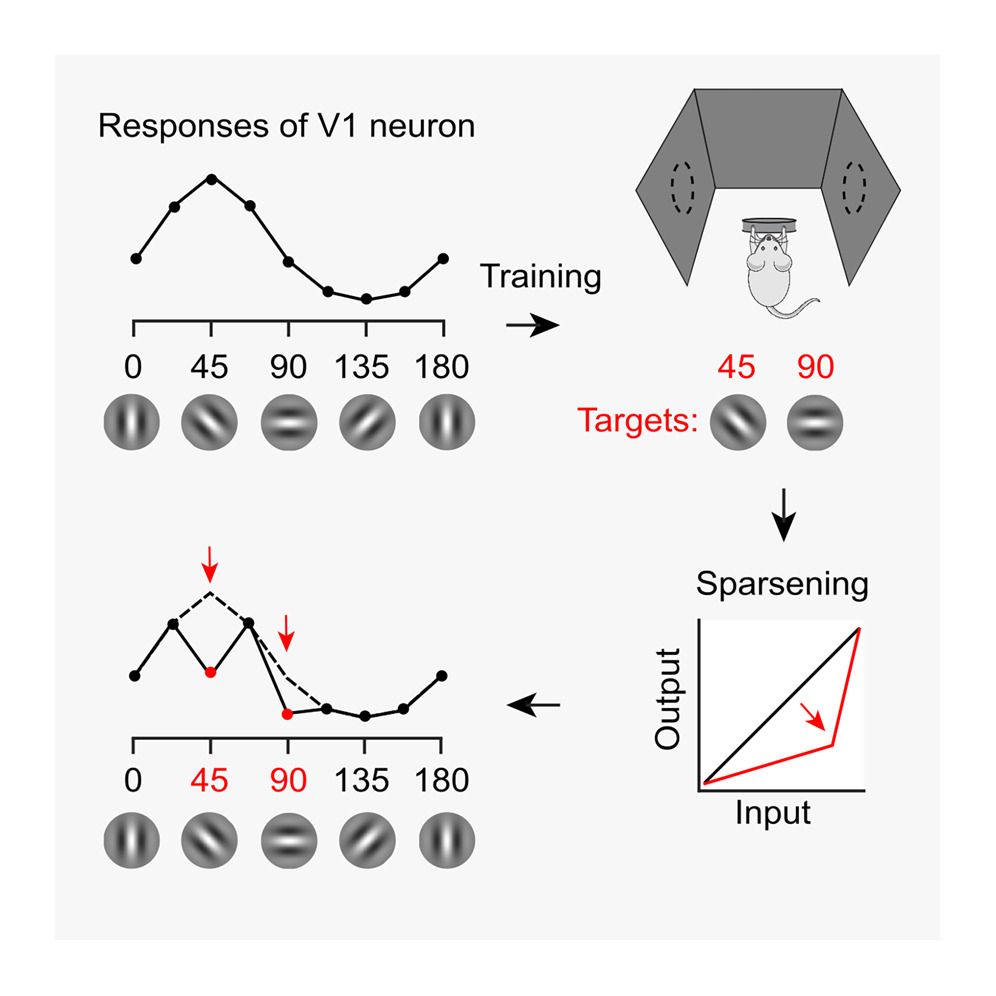
Visual experience orthogonalizes visual cortical responses
Training in a visual task changes V1 tuning curves in odd ways. This effect is explained by a simple convex transformation. It orthogonalizes the population, making it easier to decode.
10.1016/j.celrep.2025.115235
www.nature.com/articles/s41...
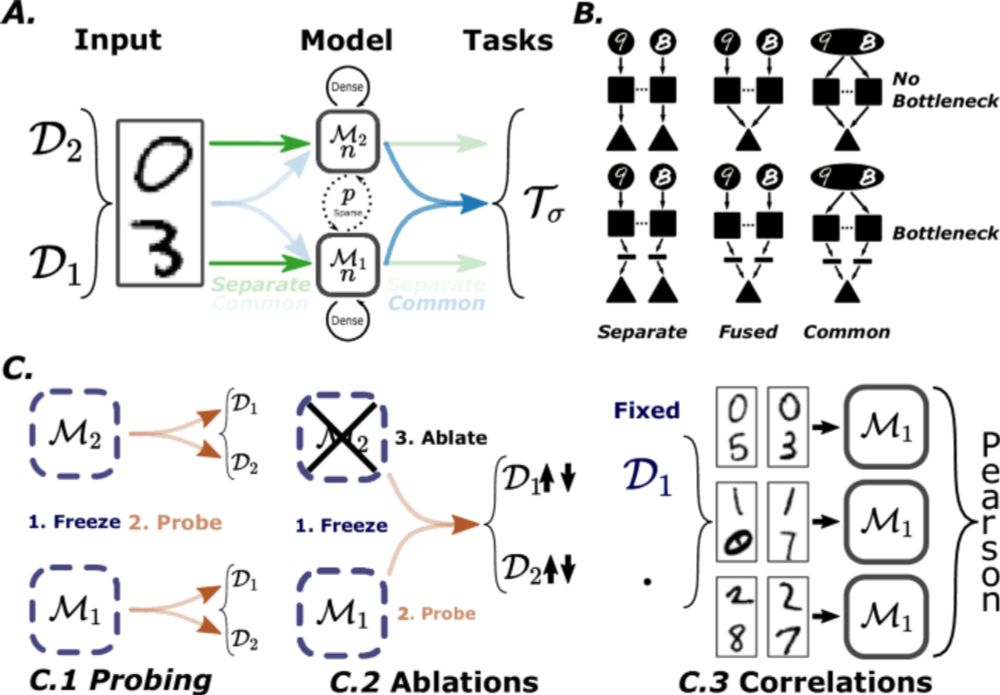
www.nature.com/articles/s41...
Recording every spike, every stimulus, every action during person's first half of life to predict second half?
The future of papers and neuro, are we almost there yet? That would great discussion to have online.
www.thetransmitter.org/systems-neur...
Recording every spike, every stimulus, every action during person's first half of life to predict second half?
The future of papers and neuro, are we almost there yet? That would great discussion to have online.
www.thetransmitter.org/systems-neur...



